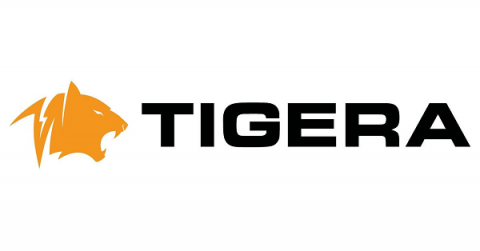New Tigera Secure Enterprise 2.3 Anomaly Detection Deepens Visibility into Suspicious Kubernetes Activities
Tigera is excited to announce several new capabilities with Tigera Secure Enterprise Edition 2.3, extending the ability to uncover sophisticated Kubernetes attacks. Tigera Anomaly Detection capabilities provide insight into unusual behaviors that compromise the security and performance of Kubernetes environments.




